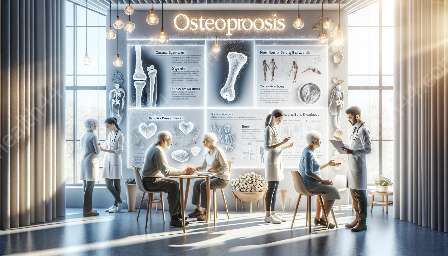Osteoporosis, a condition characterized by weakening of the bones, particularly affects women, making it crucial to prioritize bone health. From the importance of nutrition and exercise to understanding risk factors and treatment options, this comprehensive guide will equip you with the knowledge to address osteoporosis and maintain your overall health.
The Importance of Bone Health in Women
Strong and healthy bones are essential for overall well-being as they provide structural support for the body and protect vital organs. For women, prioritizing bone health is even more critical, as they are at a higher risk of developing osteoporosis—a condition characterized by low bone density and increased susceptibility to fractures.
Risk Factors for Osteoporosis in Women
Several factors can contribute to the development of osteoporosis in women, including hormonal changes during menopause, a family history of the condition, low body weight, sedentary lifestyle, and inadequate calcium and vitamin D intake. Understanding these risk factors can help women take proactive steps to mitigate the potential impact of osteoporosis.
Preventive Measures for Bone Health
Adopting a bone-healthy lifestyle is crucial for preventing osteoporosis in women. Consuming a balanced diet rich in calcium and vitamin D, engaging in weight-bearing and muscle-strengthening exercises, avoiding smoking and excessive alcohol consumption, and maintaining a healthy body weight can significantly contribute to maintaining strong bones.
Symptoms and Diagnosis of Osteoporosis
Osteoporosis is often referred to as a 'silent disease' because it progresses without noticeable symptoms until a fracture occurs. Women should be aware of signs such as back pain, loss of height, and stooped posture, which may indicate the presence of osteoporosis. Diagnostic tests such as bone density scans can identify low bone mass and assess fracture risk.
Treatment and Management of Osteoporosis
For women diagnosed with osteoporosis, various treatment options are available to help slow down bone loss, increase bone density, and reduce fracture risk. These may include medications, calcium and vitamin D supplements, physical therapy, and lifestyle modifications. Additionally, healthcare providers may recommend fall prevention strategies to minimize the risk of fractures.
Embracing Overall Health and Wellness
While addressing osteoporosis is essential, women should also prioritize their overall health and well-being. Establishing a holistic approach that encompasses regular health check-ups, balanced nutrition, adequate exercise, stress management, and social connections can contribute to a fulfilling and active lifestyle.
Conclusion
Understanding the significance of bone health in women and the potential impact of osteoporosis is essential for taking proactive steps toward prevention and management. By embracing a bone-healthy lifestyle, identifying risk factors, and seeking timely medical guidance, women can empower themselves to preserve their bone strength and overall wellness.


